Spore formation Vegetative Propagation Most plants have roots, stems and leavesSynthetic Clonal Reproduction Through Seeds Mohan P A Marimuthu,1* Sylvie Jolivet,2* Maruthachalam Ravi,3* Lucie Pereira,2 Jayeshkumar N Davda,1 Laurence Cromer,2 Lili Wang, 3Fabien Nogué,2 Simon W L Chan, † Imran Siddiqi,1† Raphaël Mercier2† E ngineering cloning through seeds (apomixis) in food crops would revolutionizeClonal Reproduction through Seeds in Sight for Crops Peggy OziasAkins1,* and Joann A Conner1 Apomixis or asexual reproduction through seeds, enables the preservation of hybrid vigor Hybrids are heterozygous and segregate for genotype and phenotype upon sexual reproduction While apomixis, that is, clonal reproduction, is
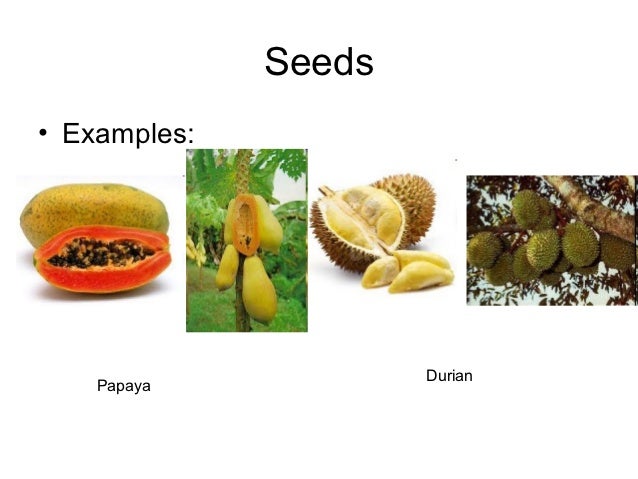
Plant Reproduce
Reproduction through seeds class 5
Reproduction through seeds class 5-Mar 05, 21 · Asexual reproduction produces new individuals without the fusion of gametes, genetically identical to the parent plants and each other, except when mutations occur In seed plants, the offspring can be packaged in a protective seed, which is used as an agent of dispersalSep 06, 19 · Asexual reproduction is through stems, roots and leaves Plant reproduction comes in two types sexual and asexual Sexual reproduction is similar to human reproduction, in which male pollen and female ovarian germ cells fuse into a new organism that inherits the genes of both parents The sexually reproductive part of a plant is the flower
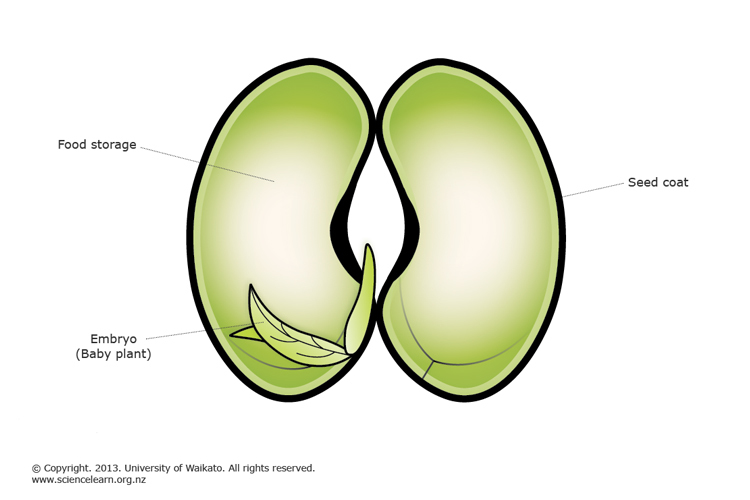



Plant Reproduction Science Learning Hub
Apomixis or asexual reproduction through seeds, enables the preservation of hybrid vigor Hybrids are heterozygous and segregate for genotype and phenotype upon sexual reproduction While apomixis, that is, clonal reproduction, is intuitively antithetical to diversity, it is rarely obligate and actually provides a mechanism to recover and maintain superior hybrid gene combinationsOct 26, 17 · In sexual reproduction, a fusion of male and female gametes produces fruits that contain seeds The seeds give rise to new plants A flower is the reproductive part of a plant which can either be unisexual or bisexual Stamen is the male reproductive part and pistil is the female reproductive part of a flower Sexual reproduction divided it into three stages PollinationNov 24, 16 · For example, most of the perennial clonal plants possess the capacity for both sexual reproduction through seeds and asexual reproduction through vegetative propagation (Klimes et al 1997) In clonal plants, vegetative reproduction produces new ramets by budding from roots, rhizomes, stems, storage organs such as tubers or (more rarely) leaves, or inflorescences
Grasses may reproduce sexually by seed (sexual reproduction), or asexually via vegetative propogation (tillers which arise from adventitious buds on culm nodes, rhizomes, and stolons) This section deals only with sexual reproduction involving flowers, pollination, and seeds With certain exceptions (see apomixis), to produce seed a grass plant must produce flowers with male andAgamospermy, asexual reproduction through seeds, occurs in flowering plants through many different mechanisms and a simple hierarchical classification of the different types is not possible Consequently, there are almost as many different usages of terminology for apomixis in angiosperms as there are authors on the subjectDec 21, · Reproduction by Hibiscus Seeds In the wild, hibiscus species reproduce sexually when pollen from male flowers reaches female flowers for
SEXUAL REPRODUCTION OF VASCULAR PLANTS Trees reproduce sexually through seeds (female) and pollen (male) Gymnosperms produce a naked seed whereas angiosperms (flowering plants) produce a true seed Gymnosperms are the nonflowering seed plants such as cedar, pine, redwood, hemlock, and firs Gymnosperms are woody plants that bear "naked seeds"Clonal reproduction through seeds can therefore be achieved in a sexual plant by manipulating two to four conserved genes (A) In natural apomixis, clonal seedsThe video explains how plants reproduce through seeds It explains the germination processes like what are required for it, how plants grow from seed, seed s
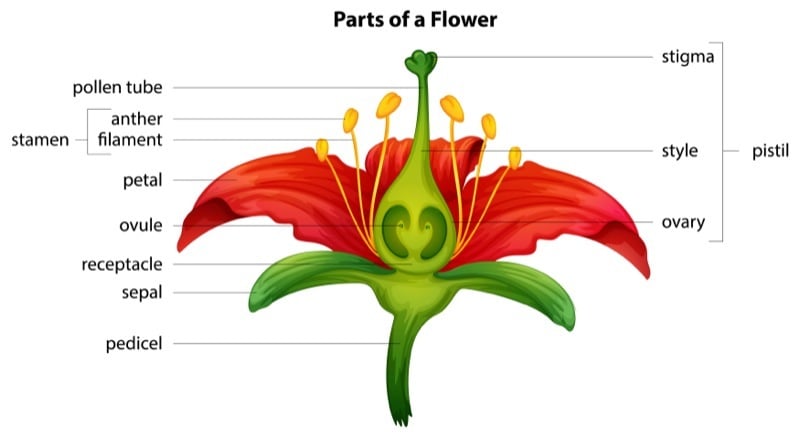



Plant Reproduction How Do Plants Reproduce



Flowering Plant Reproduction
Dec 14, 19 · Reproduction in plants can be categorized into two distinct batches Reproduction through seeds Reproduction by spores In this chapter, we are going to emphasize on plants ability to procreate through seeds and how these seeds can be nurtured into plants Seed Formation Alike humans, plants also reproduce through sperms and eggsThrough being taken and buried by certain animals;Mar 01, · The simple definition of apomixis (see Glossary), asexual reproduction through seeds 1,2, conceals its complex developmental underpinnings that include pathways of meiosis (and its avoidance, apomeiosis), embryo formation from unfertilized cells gametic (parthenogenesis) or sporophytic (adventitious embryony), and nutritive tissue development to support embryo growth (autonomous endosperm or pseudogamous endosperm) It seems remarkable that natural evolution has selected variants in
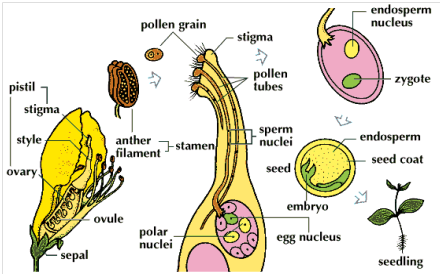



Biology Of Seed Development And Germination Physiology Medcrave Online




Learn The Six Plant Growth Stages
Feb 01, 11 · Synthetic Clonal Reproduction Through Seeds Cloning through seeds has potential revolutionary applications in agriculture, because it would allow vigorous hybrids to be propagated indefinitely However, asexual seed formation or apomixis, avoiding meiosis and fertilization, is not found in the major food cropsFeb 18, 11 · Clonal reproduction through seeds can therefore be achieved in a sexual plant by manipulating two to four conserved genes Engineering cloning through seeds (apomixis) inSeeds generated by apomixis are a means of asexual reproduction, involving the formation and dispersal of seeds that do not originate from the fertilization of the embryos Hawkweed (Hieracium), dandelion (Taraxacum), some Citrus (Citrus) and Kentucky blue grass (Poa pratensis) all use this form of asexual reproduction




Learnhive Cbse Grade 5 Science Reproduction In Plants Lessons Exercises And Practice Tests




Abstract
Through being carried away in rivers or the sea to somewhere the seeds can germinate What is the best time to collect fruits and seeds for the tree nursery?Plants can reproduce either sexually (through spores or seeds) or asexually (vegetatively) There is a geographic pattern to plant reproduction in the temperate zones of the world, cold winters make it difficult for plants to reproduce vegetatively, whileAnd fungi They are typically singlecelled and have the ability to develop into a new organism Unlike gametes in sexual reproduction, spores do not need to fuse in order for reproduction to take place Organisms use spores as a means of asexual reproduction



Reproduction In Angiosperms
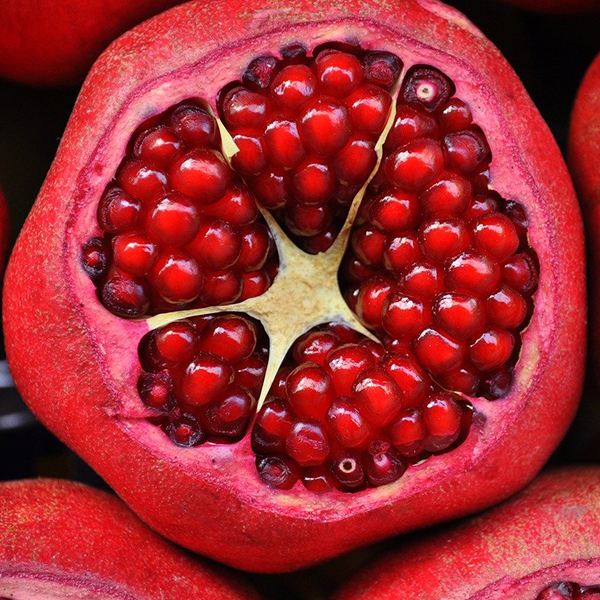



Plant Reproduction Let S Talk Science
Jun 01, 14 · WITHIN flowering plants (angiosperms), reproduction through seeds occurs by sexual and surprisingly, by asexual pathways The former generates variation, while asexual seed reproduction (apomixis) produces genetically identical progeny (See Table 1for definitions)Clonal Reproduction through Seeds in Sight for Crops OziasAkins P (1), Conner JA (2) Author information (1)Department of Horticulture and Institute of Plant Breeding and Genomics, University of Georgia, Tifton, GA , USA Electronic address pozias@ugaedu (2)Department of Horticulture and Institute of Plant Breeding and GenomicsApomixis is a form of asexual reproduction wherein the seed carries an embryo that is a clone of the 2n maternal parent plant instead of a sexual hybrid (2n maternal × paternal) embryo resulting from a fusion of gametes This form of asexual mating system was discussed in detail in Chapter 10




Abstract




How To Grow An Apple Tree From Seed Tutorial
The seeds scatter naturally, falling on the ground around the base of the tulip plants Wild tulips also reproduce from bulbs Having two methods gives the plant a backup plan If rain, picking orApomixis or asexual reproduction through seeds, enables the preservation of hybrid vigor Hybrids are heterozygous and segregate for genotype and phenotype upon sexual reproductionSeeds are transported by the wind, water, or by animals to encourage reproduction and reduce competition with the parent plant Key Terms seed a fertilized ovule, containing an embryonic plant;



Dcps Duvalschools Org Site Handlers Filedownload Ashx Moduleinstanceid Dataid Filename 4th grade Science packet pt 3 Pdf
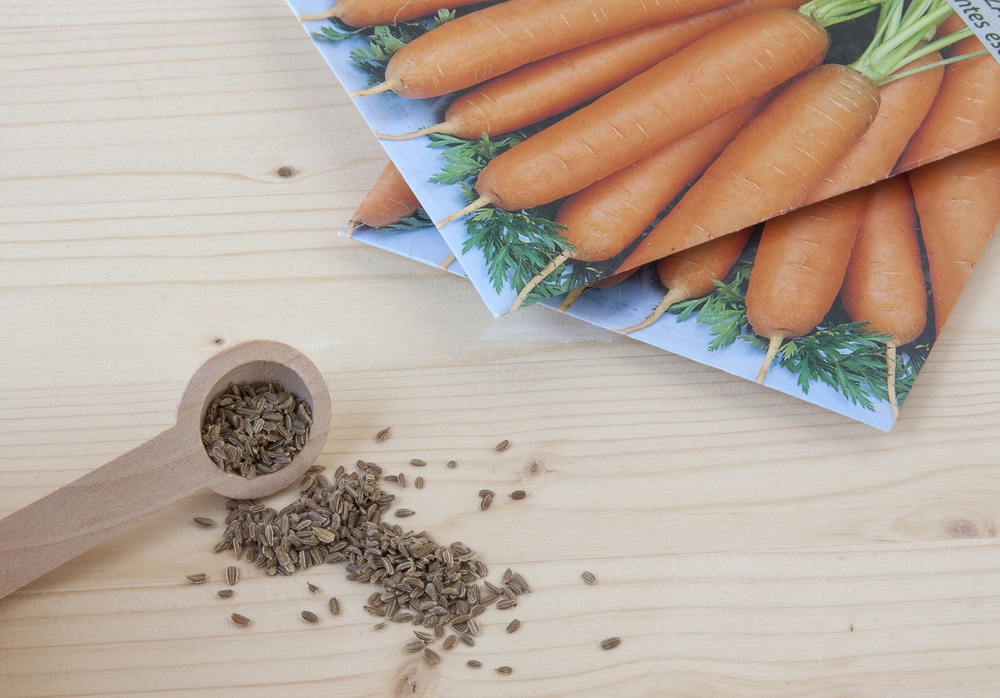



How Do Carrots Reproduce It S All About The Seeds
Keep a close watch on the parent trees (B 21–22) which you have chosen for collectionModes Of Reproduction In Plants In plants, reproduction is carried out via two modes Asexual Mode – New plants are obtained without producing seeds Sexual Mode –Sporophyte a plant (or the diploid phase in its life cycle) that produces spores by meiosis in order to produce gametophytes
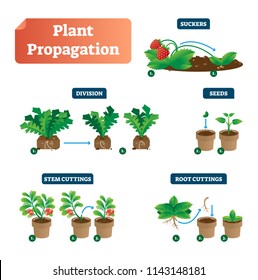



Vegetative Propagation High Res Stock Images Shutterstock
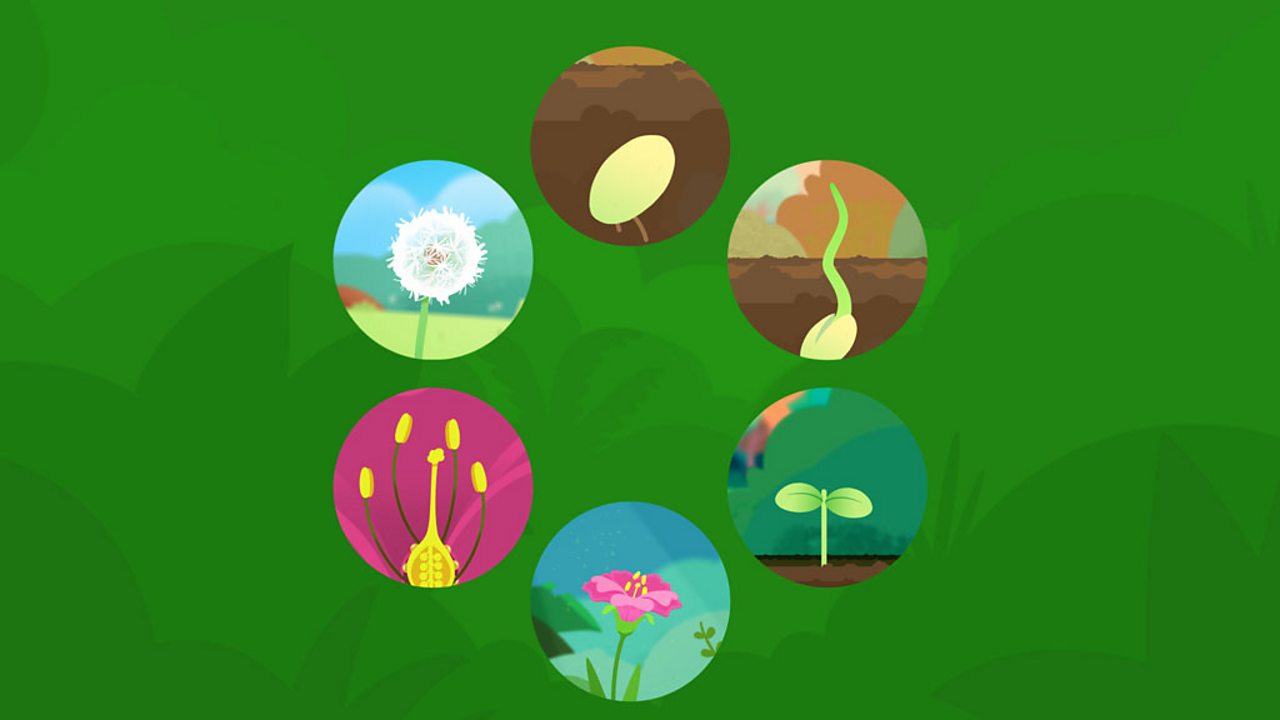



What Are The Stages Of A Plant S Life Cycle c Bitesize
The video explains how plants reproduce through seeds It shows how seeds germinate and what are required for germination It also explains the importance ofDec , 17 · Around 80 to 85 percent of our calorie needs is covered through seeds, either directly as food or indirectly through use as feed Seeds are the result of plant reproductionApr 07, · Strawberry plants can reproduce through sexual reproduction with fruit and seed, as well as through asexual reproduction by sending out runners to create new plants, according to Garden Guides Runners, also called stolons, are sent out from the crown of a strawberry plant along the ground Nodes begin to appear on each stolon at set intervals
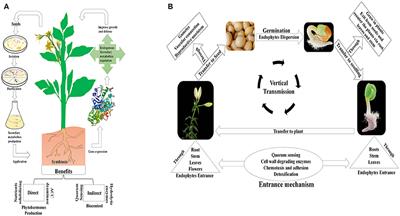



Frontiers What Is There In Seeds Vertically Transmitted Endophytic Resources For Sustainable Improvement In Plant Growth Plant Science
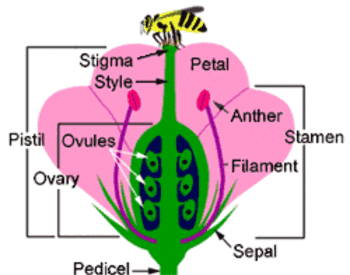



Reproductive Plant Parts Osu Extension Service
Jul 01, 21 · Examples of Seed Treatments Camellia—Collect and plant in the fall before the seed coat hardensIf seeds are dry, soak in warm water for 24 hours before planting Some people prechill the seeds until radicle emergence and then plant the sprouted seeds Crabapple—Collect fruits as they begin to soften and when the seeds are brownRemove the fruit pulpFlowers are often the showiest part of most plants, but their main function is facilitating reproduction through seeds However, there are many plants outCloning through seeds has potential revolutionary applications in agriculture, because it would allow vigorous hybrids to be propagated indefinitely However, asexual seed formation or apomixis, avoiding meiosis and fertilization, is not found in the major
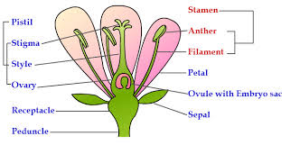



Sexual Reproduction In Plants Characteristics Advantages Disadvantages



How Does Onion Reproduce Its Stems Leaves Or Roots Quora
All plants can reproduce through seeds, except for those hybrids/cultivars that are so radically modified that they have lost reproductive function Seedless watermelon and hybrid tea roses would be examples of those that CANNOT reproduce form seed 490 viewsHowever, even though this organism should be characterized as a vascular seedbearing plant since it is an angiosperm, saffron is for the most part a sterile plant, which means that it can't reproduce through seed production (sexual reproduction) This is because the seedsAlthough most plants produce seeds, seed propagation is most common for grains, vegetables, annual flowers, and easytogrow perennials



Asexual And Sexual Reproduction In Plants Jennifer C



1
Jan 17, · Sexual reproduction requires genetic material (DNA) from two parents The parent plants have male and female sex cells, called gametes The genetic material from the male and female gametes combines to produce offspring This process is called fertilization Seeds produced through fertilization contain genetic material from both parentsNon flowering plants (usually involves reproduction through seeds) monocots have one cotyledon (corn, lily) dicots two cotyledons (bean and oak) natural vegetative reproduction when conditions are dry, some mosses dry out, break apart, and are scattered by the wind directed vegetative reproductionOther articles where Seed propagation is discussed propagation Sexual propagation With crops that produce seed freely and come true closely enough for the purposes in view, growing from seed usually is the cheapest and most satisfactory method of plant propagation Many types of seeds may be sown in open ground and, barring extreme




How Sweetpotato Grows International Potato Center



Dcps Duvalschools Org Site Handlers Filedownload Ashx Moduleinstanceid Dataid Filename 4th grade Science packet pt 3 Pdf
Apomixis or asexual reproduction through seeds, enables the preservation of hybrid vigor Hybrids are heterozygous and segregate for genotype and phenotype upon sexual reproduction While apomixis, that is, clonal reproduction, is intuitively antithetical toAlgae and other protists;Clonal reproduction through seeds can therefore be achieved in a sexual plant by manipulating two to four conserved genes Supporting Online Material Materials and methods Plant material and growth conditionsPlants were grown in artificial soil mix at ºC under fluorescent lighting Wild type and mutant strains of Arabidopsis were obtained




Plant Reproduce




Asexual Reproduction In Plants Biology For Majors Ii
Seeds Vegetatively propagated plants closely resemble their parent plants To simplify, a potato tuber is referred to as a seedtuber What plants are generally propagated by seeds?Mar 10, 16 · In asexual reproduction plants can give rise to new plants without seeds, whereas in sexual reproduction, new plants are obtained from seeds Asexual Reproduction in Plants Asexual reproduction occurs through Vegetative Propagation, Budding, Fragmentation and;Jul 03, 19 · Updated July 03, 19 Spores are reproductive cells in plants;
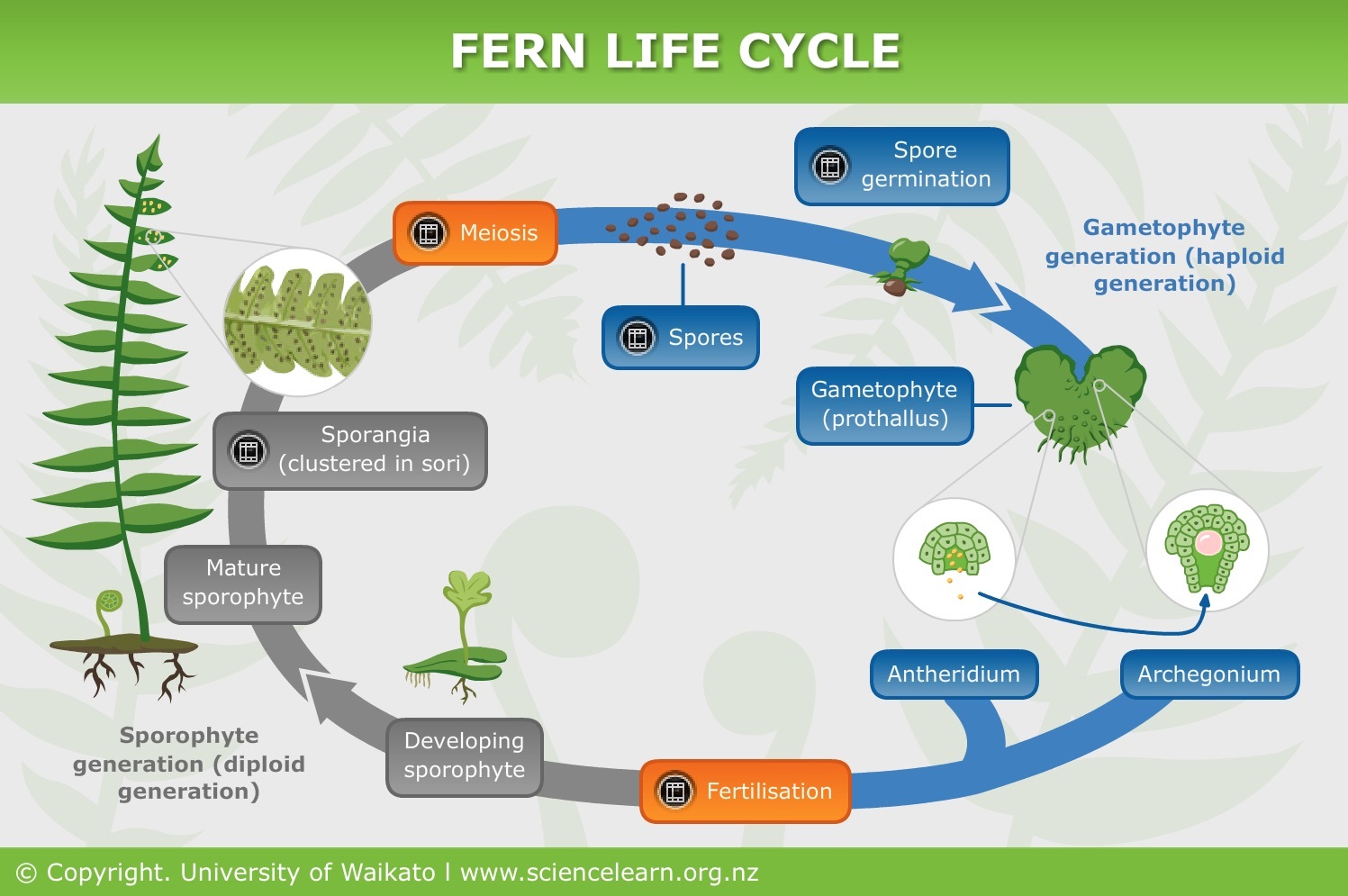



Plant Reproduction Without Seeds Science Learning Hub




Reproduction Different Modes Of Plant Reproduction Byju S




Plant Reproduction Science Learning Hub




Planting Bulbils What Are Bulbils And How To Grow Plants From Bulbils
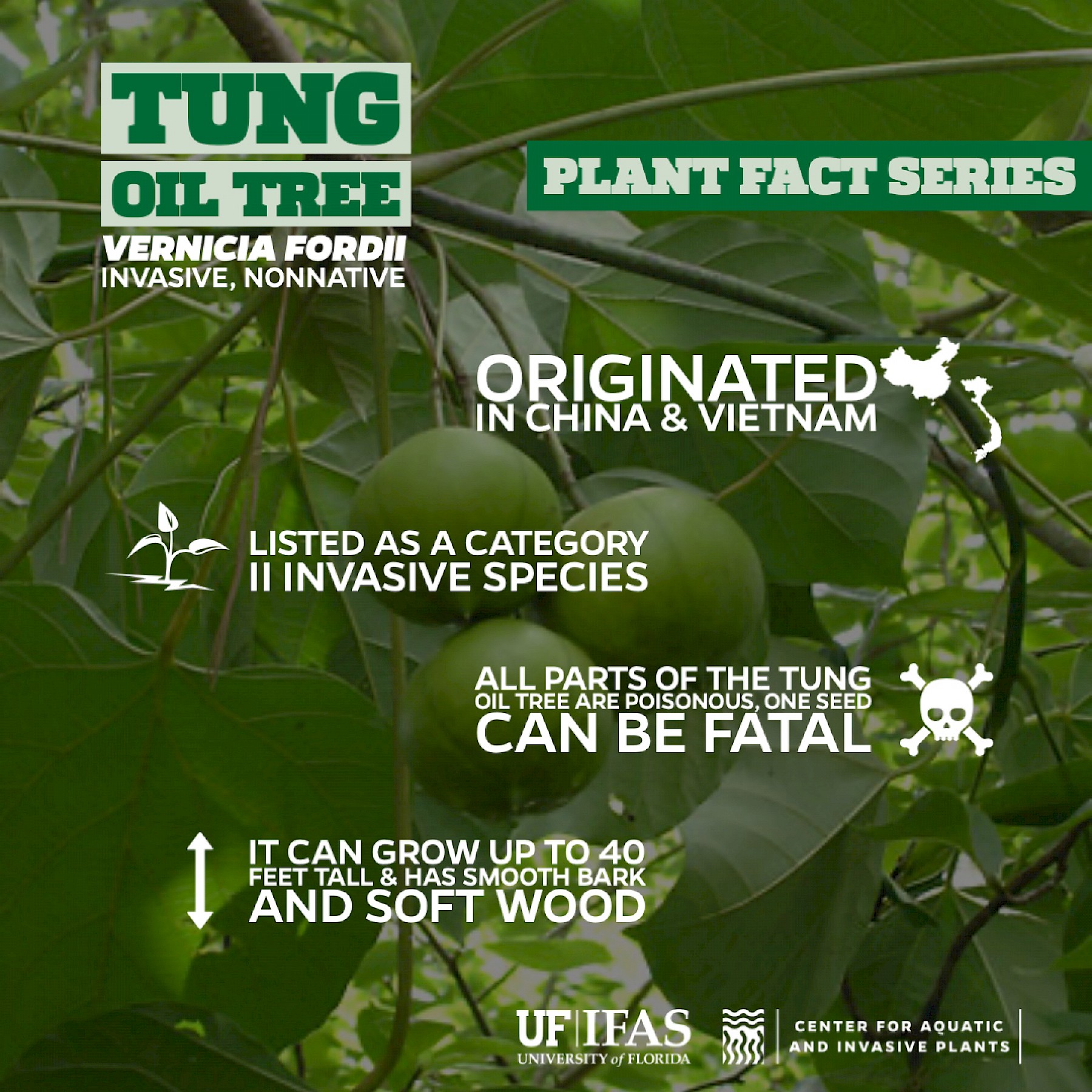



Center For Aquatic And Invasive Plants University Of Florida Ifas



How Do Sunflowers Reproduce Proflowers Blog




Arizona Beetles Bugs Birds And More February 19



Daffodil Reproduction




Discover The 4 Stages Of Plant Life Cycle




Learnhive Cbse Grade 5 Science Reproduction In Plants Lessons Exercises And Practice Tests
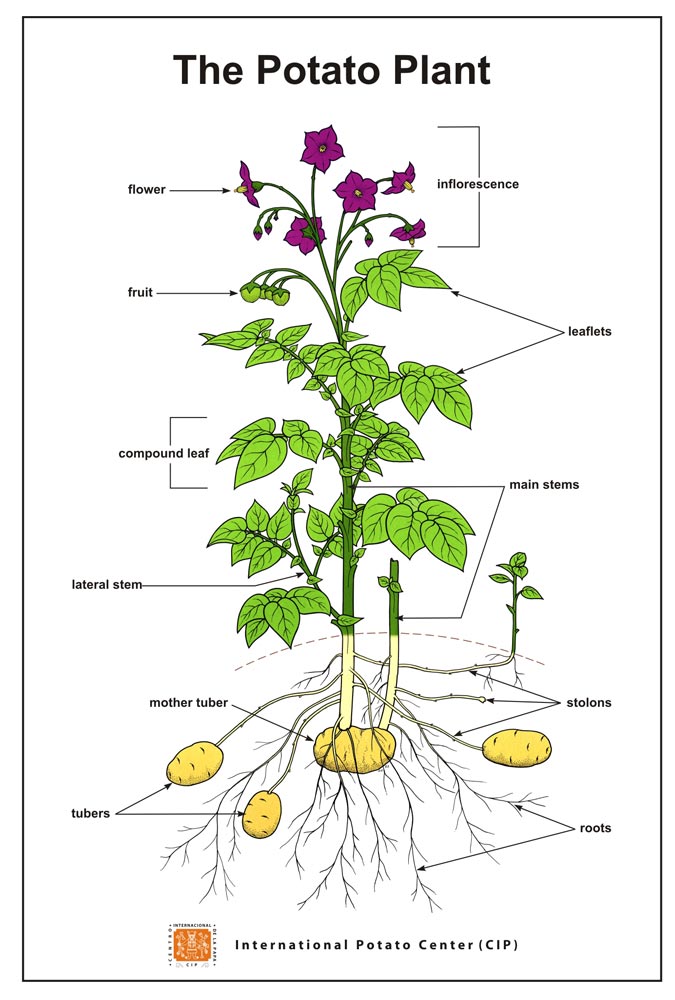



How Potato Grows International Potato Center




How Do Seed Plants Grow Reproduce




13 Propagation Nc State Extension Publications



3




There S More Than One Way To Make A New Plant Discovery Express
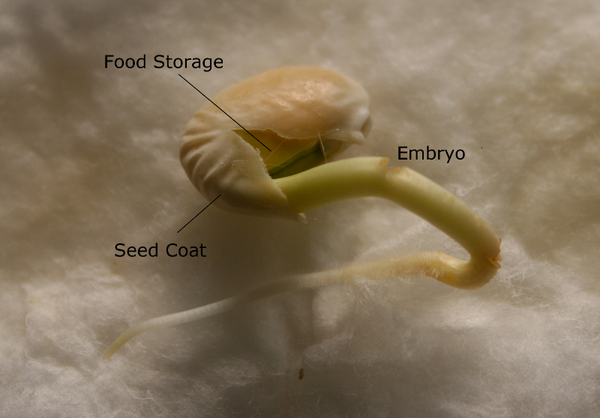



13 Propagation Nc State Extension Publications




Reproduction In Plants 5th Std Science Cbse Board Home Revise Youtube



1



Tomatosphere Tomatosphere The Life Cycle Of A Tomato Plant




Types Of Reproduction In Plants Youtube




Grow Wisconsin Fast Plants Everything You Need To Grow




Seed Plants Angiosperms Concepts Of Biology
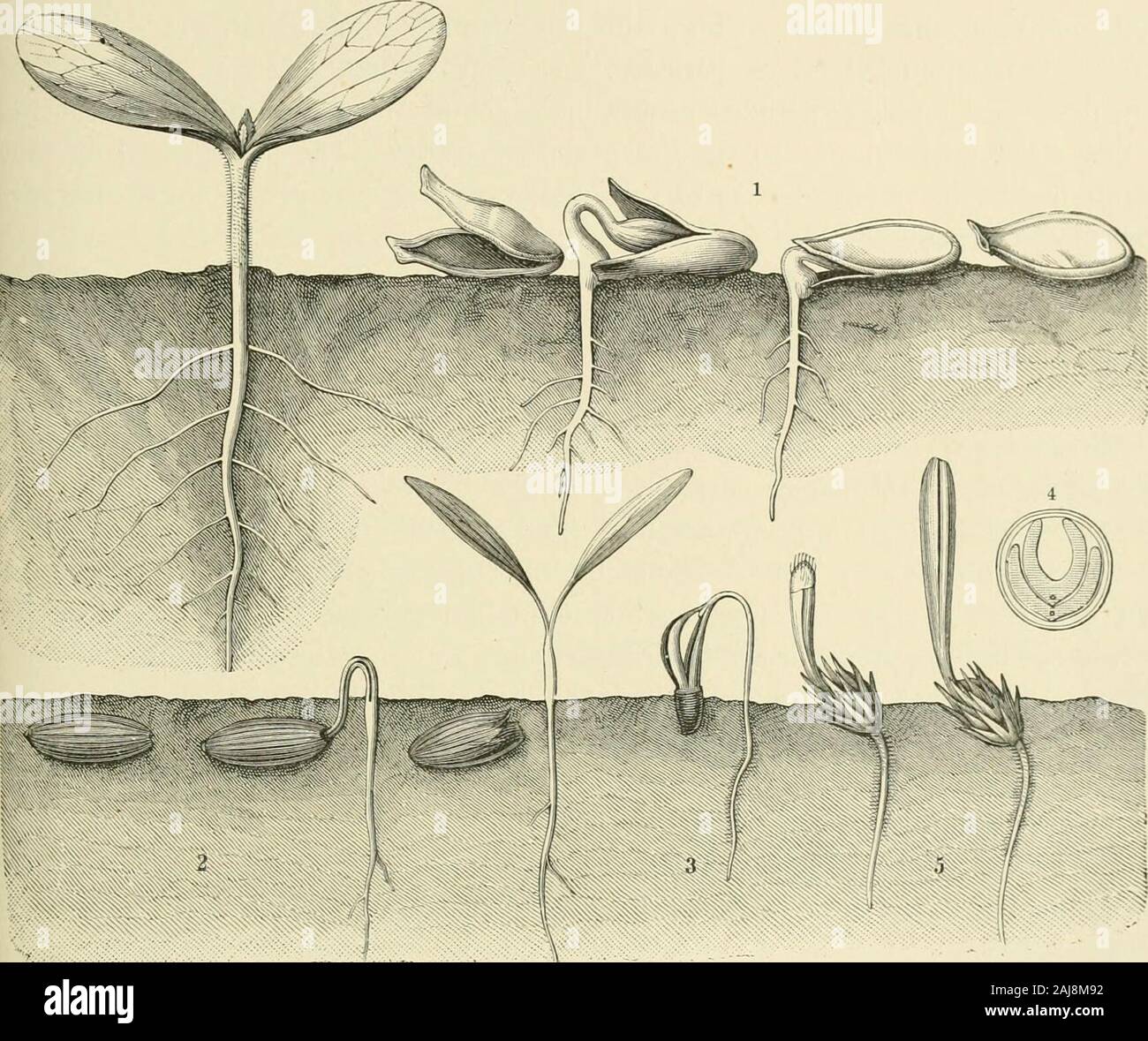



The Natural History Of Plants Their Forms Growth Reproduction And Distribution E Juice Of The Fleshy Fruit As Is Always The Case When The Seeds Are Naturallydistributed Since The Embryo Inclosed
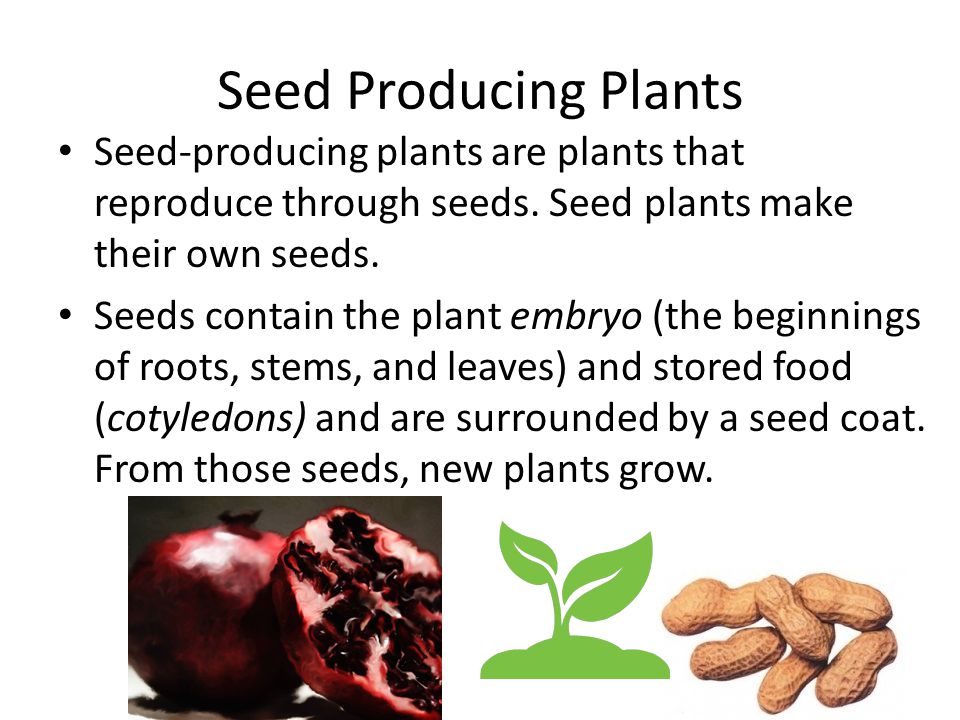



How Plants Are Classified Part 2 Reproduction Ppt Download



Flowering Plant Reproduction




Germination Description Dormancy Facts Britannica
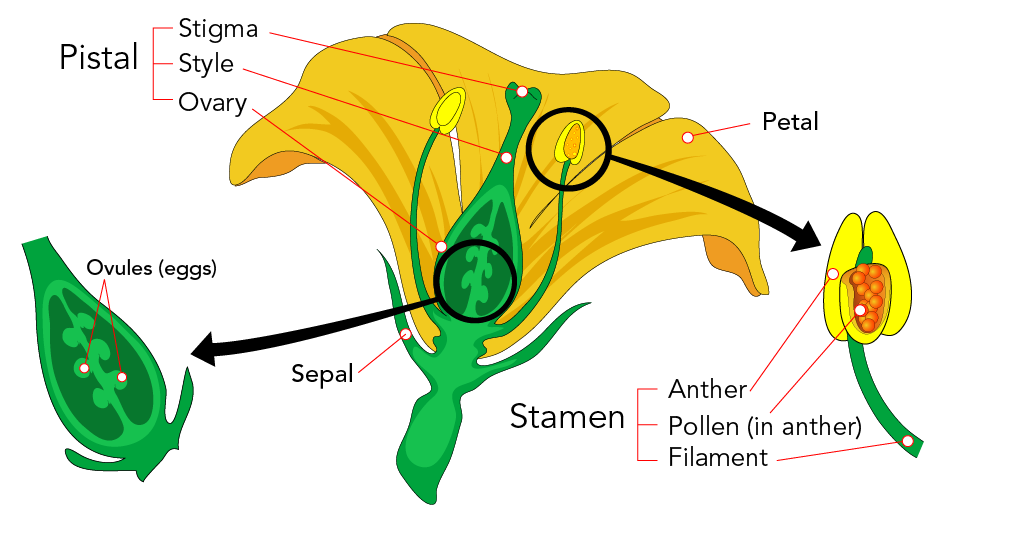



Plant Reproduction Let S Talk Science




Fruits Flowers And Seeds Biology Online Tutorial




The Plants By Ceipsantaana1 Issuu
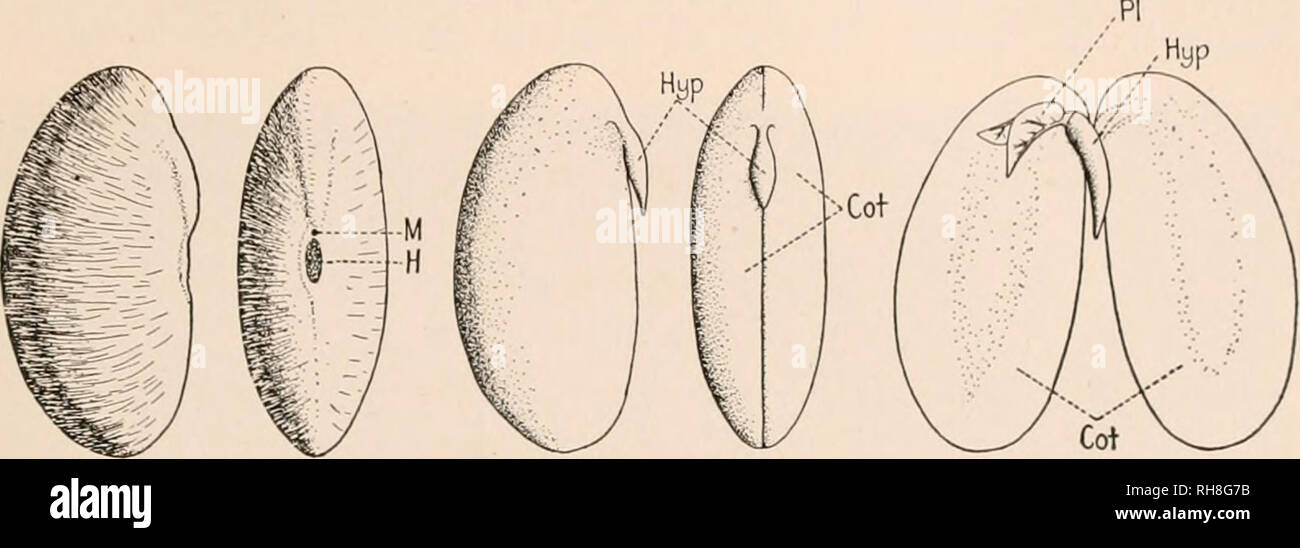



Botany Principles And Problems Botany Reproduction 199 The Cndosixm Iii Aiul To Iransinit It To The J Gt Rowinji Portions Of The Embryo The Ripe Seed Is Thus A Structure In Which The Partially




Plant Reproduction Science Learning Hub




Plant Propagation Wikipedia
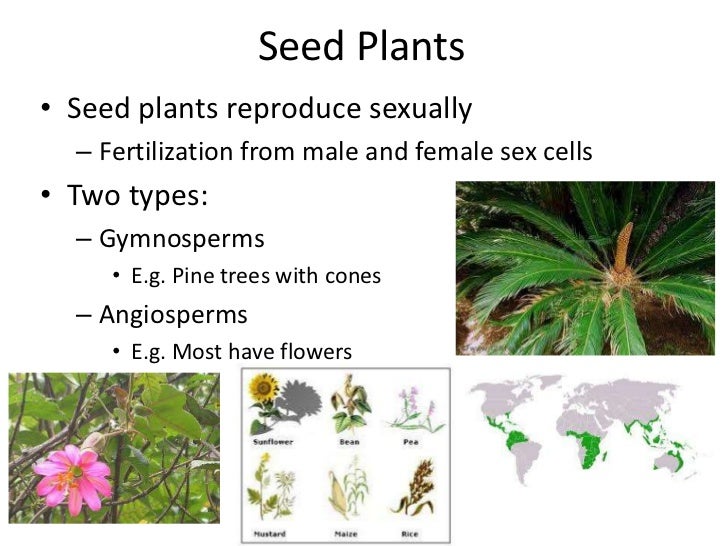



Plant Reproduction Seed Plants
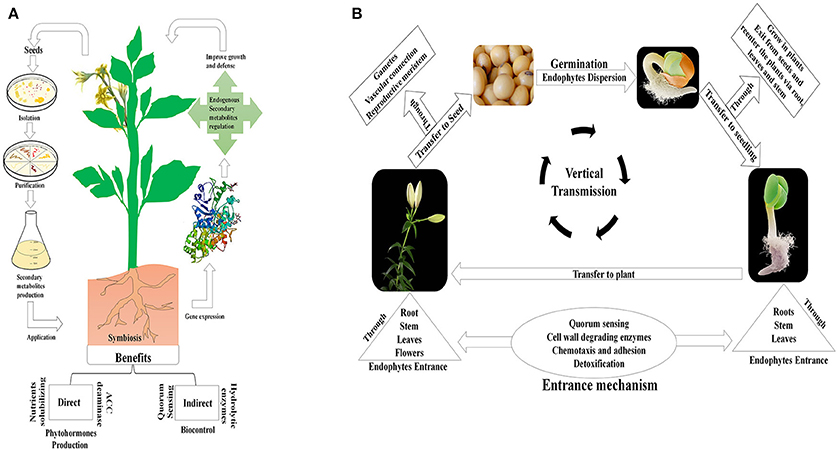



Frontiers What Is There In Seeds Vertically Transmitted Endophytic Resources For Sustainable Improvement In Plant Growth Plant Science




How Do Non Flowering Plants Reproduce Lovetoknow
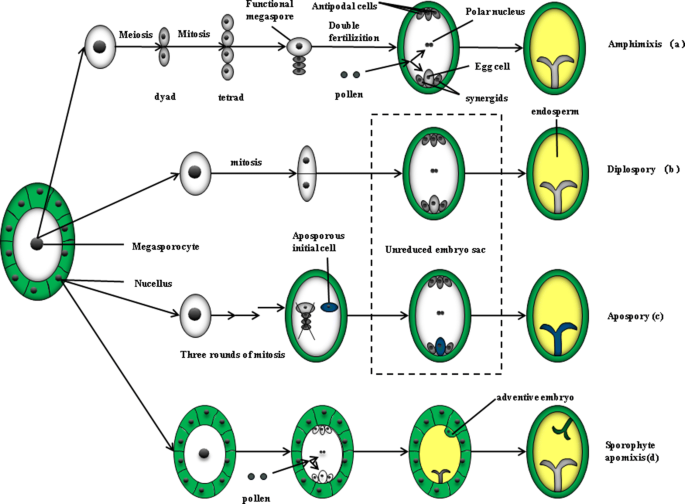



The Steps From Sexual Reproduction To Apomixis Springerlink




Ovary Botany Definition Structure Britannica




Vegetative Propagation In Plants Definition Methods Examples Video Lesson Transcript Study Com



Asexual And Sexual Reproduction In Plants Jennifer C




There S More Than One Way To Make A New Plant Discovery Express




Control Of Bean Seed Beetle Reproduction Through Cultivar Selection And Harvesting Time Sciencedirect



Ginseng Reproduction




Synthetic Clonal Reproduction Through Seeds Science
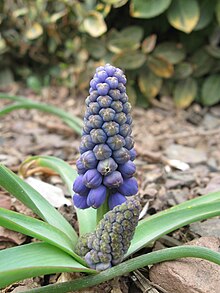



Vegetative Reproduction Wikipedia




Reproduction Different Modes Of Plant Reproduction Byju S
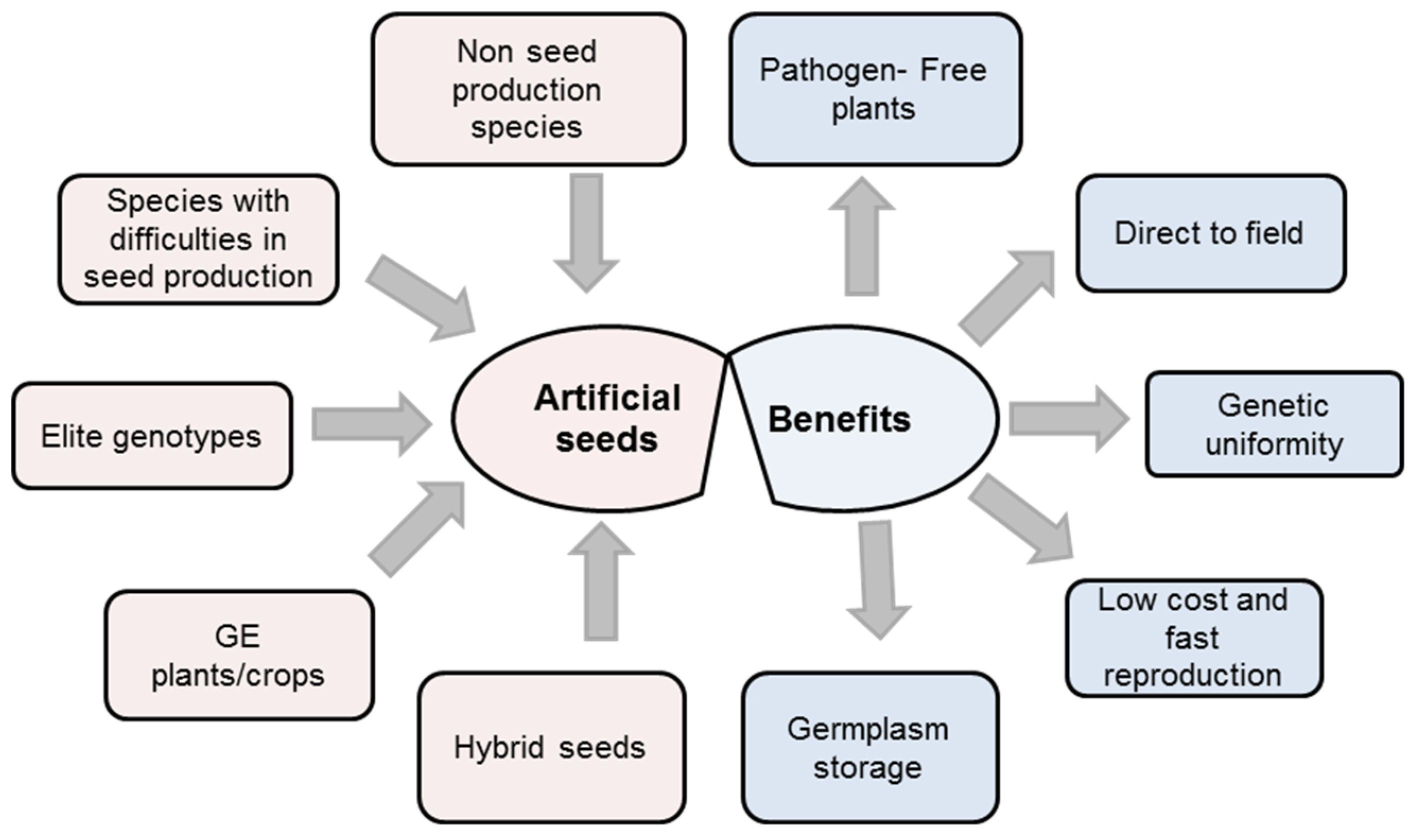



Agronomy Free Full Text Artificial Seeds Principle Aspects And Applications Html



1




How Do Coniferous Plants Reproduce



9 3 Reproduction In Angiospermophytes Bioninja
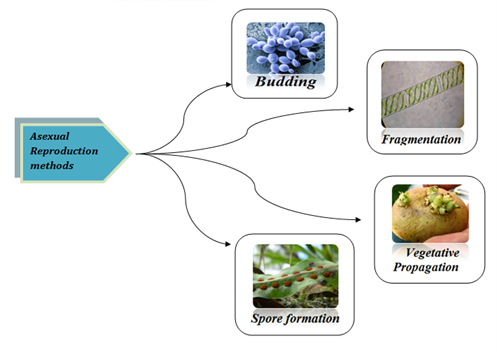



Reproduction Different Modes Of Plant Reproduction Byju S




Reproductive Systems And Evolution In Vascular Plants Pnas




Plants What Are Plants Eukaryotic Have A Nucleus




Science Plant Reproduction Seed Dispersal Germination English Youtube
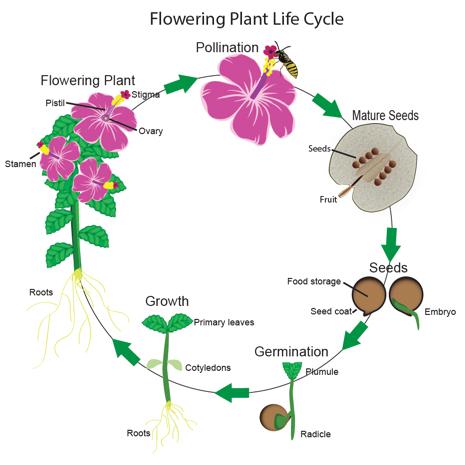



Flowering Plants Life Cycle Lovetoknow




Plant Reproduction Seed Plants
:max_bytes(150000):strip_icc()/do-bananas-have-seeds-3269378-02-f28932b42ec64690afaeffde50a113b1.jpg)



Do Bananas Have Seeds How Do They Reproduce




Seeds Of Flowering Plants Advanced Ck 12 Foundation




How Do Non Flowering Plants Reproduce Lovetoknow



How Do Trees Reproduce Quora




Plant Life Cycle For Kids Students How Plants Reproduce
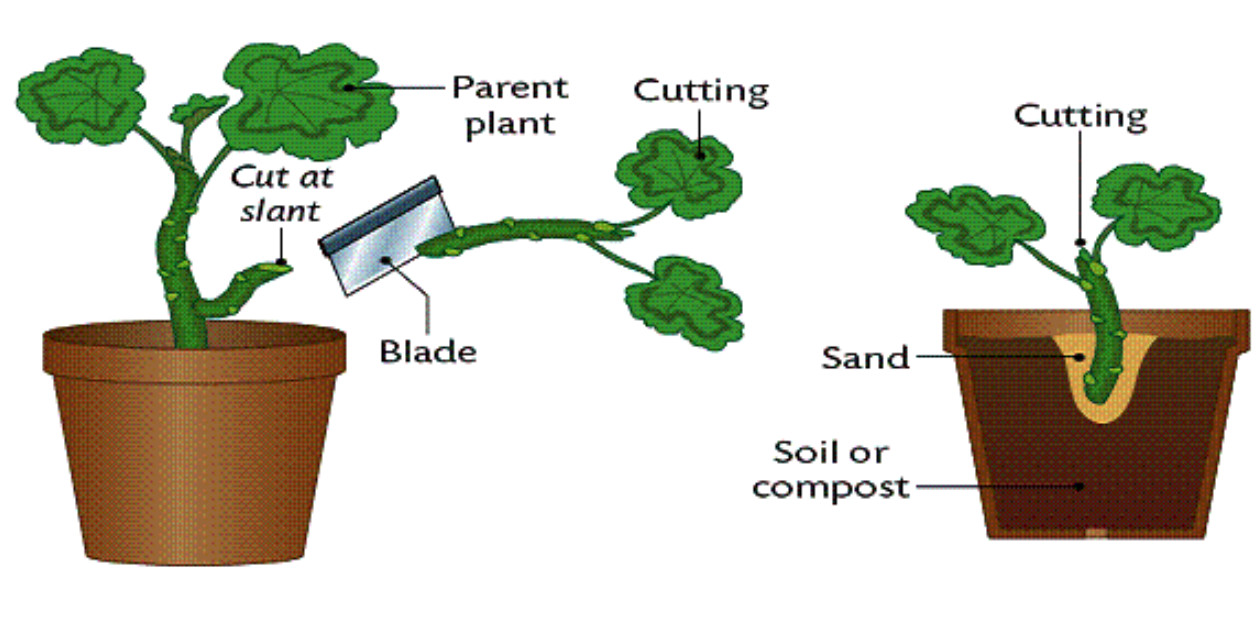



Asexual Reproduction In Plants Class 7 Reproduction In Plants Science
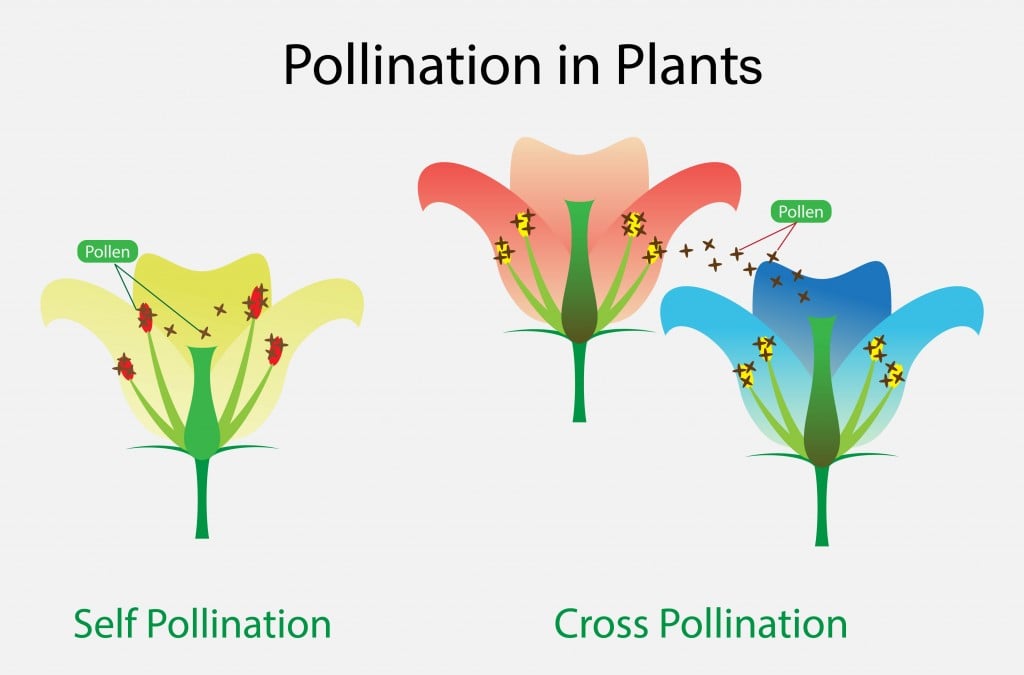



Plant Reproduction How Do Plants Reproduce




Science Plant Reproduction Seed And Germination Hindi Youtube




Seed Form Function Dispersal Germination Britannica



4 Plant Reproductive Systems Plantbreeding
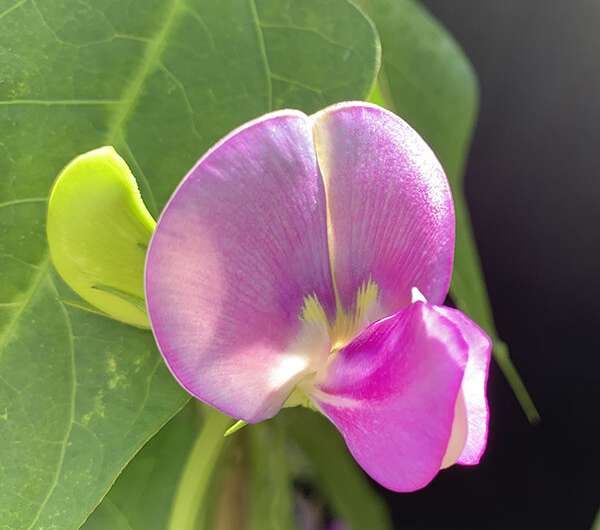



Rewiring Plant Reproduction For Higher Seed Yields




Plant Reproduction Bioninja




Definition Of The Seed Advantages And Disadvantages Of Seed Propagation




Asexual Reproduction Boundless Biology




Cs 315 Propagation Of Plants Ag Ed Net




Understanding Students Conceptions Of Plant Reproduction To Better Teach Plant Biology In Schools Lampert 19 Plants People Planet Wiley Online Library



Plant Reproduction Biology Junction
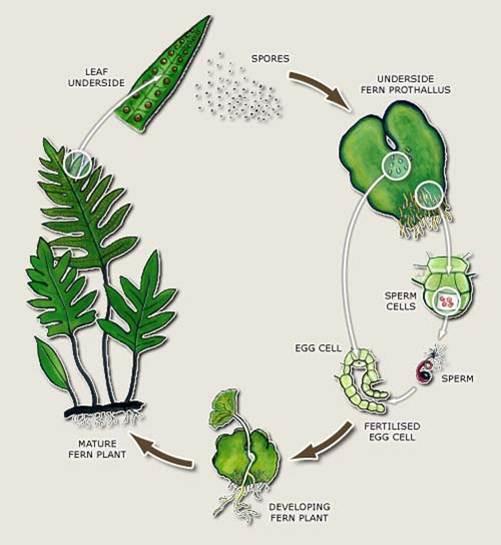



Seeds Vs Seedless Plants Biology Socratic
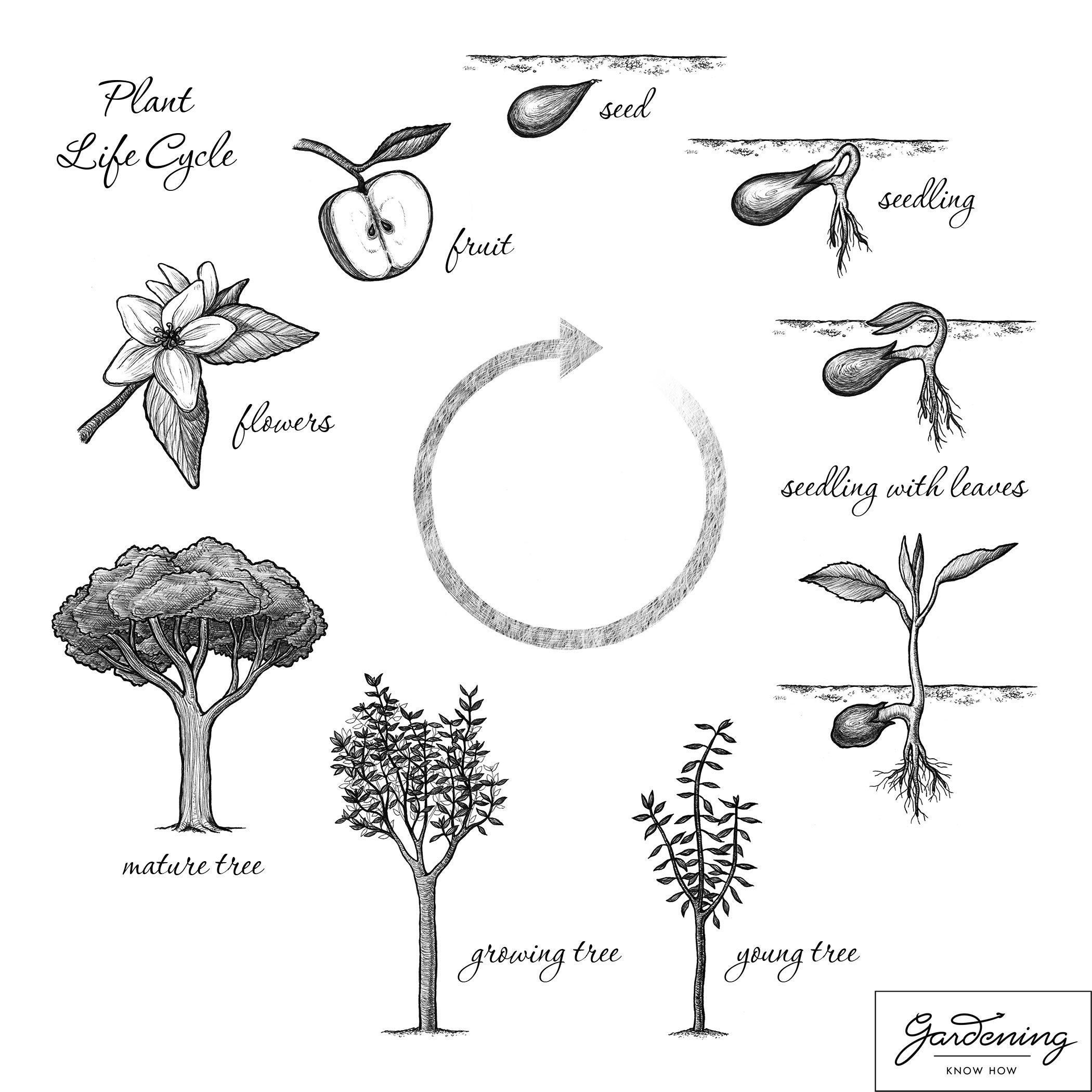



Basic Plant Life Cycle And The Life Cycle Of A Flowering Plant Gardening Know How
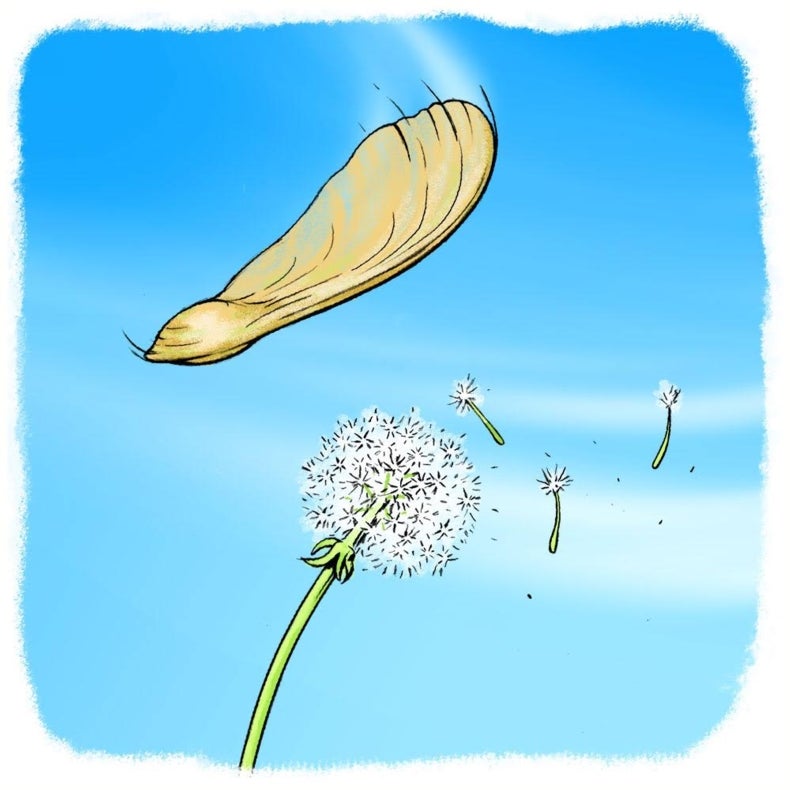



Gone With The Wind Plant Seed Dispersal Scientific American
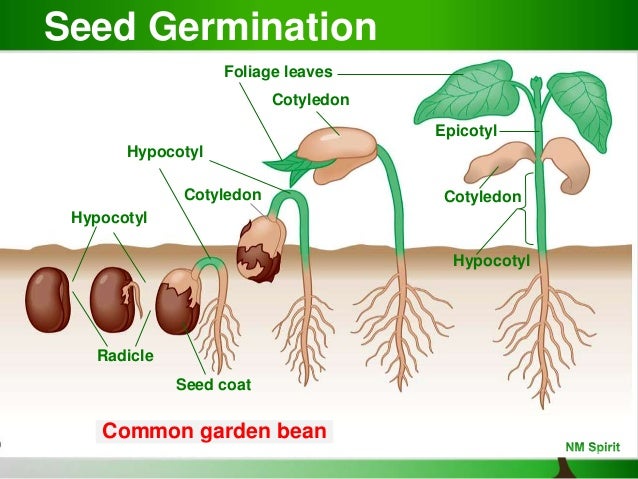



Plant Reproduction Development




Learn Characteristics Of Living Organisms Nutrition Growth Reproduction And Lifespan In 3 Minutes




Fun Germination Facts For Kids



Seven Methods Of Plant Propagation Plant Cell Technology Your Partner In Plant Tissue Culture
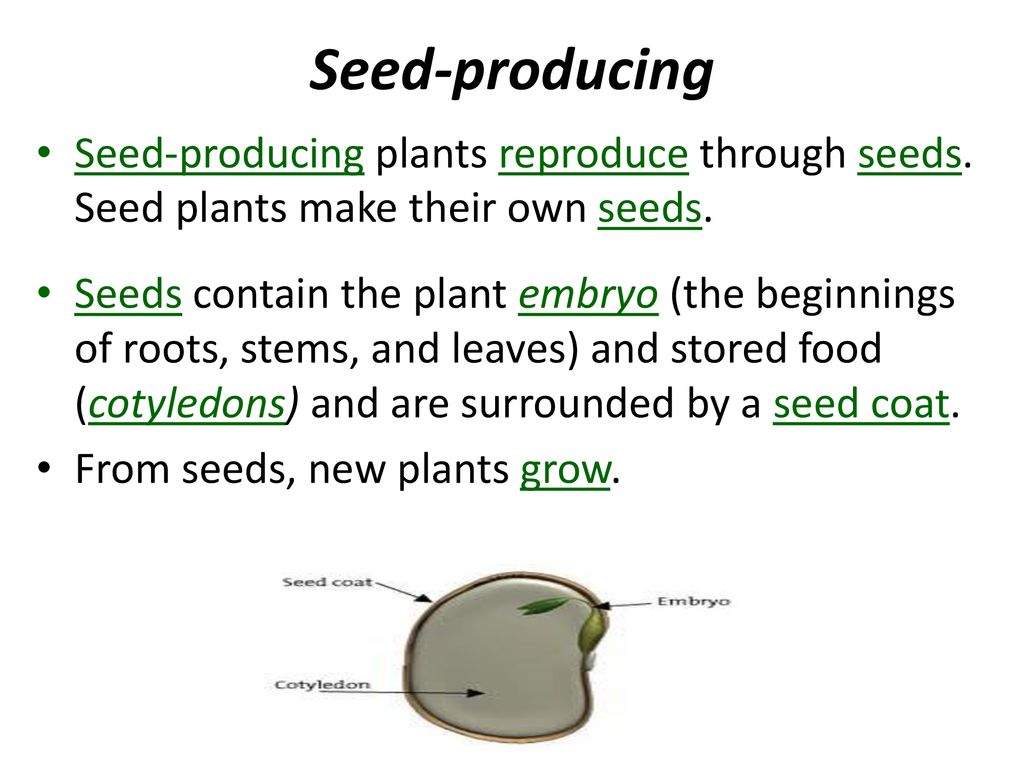



Compare And Contrast The Characteristics Of Vascular And Nonvascular Plants Both Ppt Download



No comments:
Post a Comment